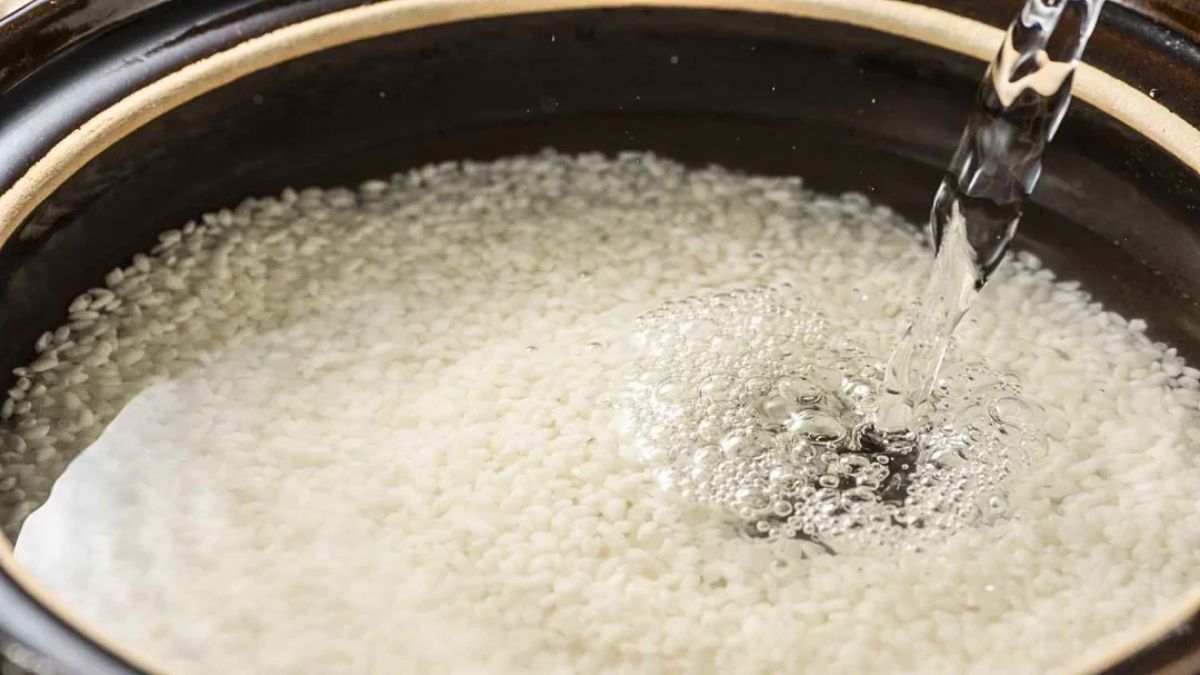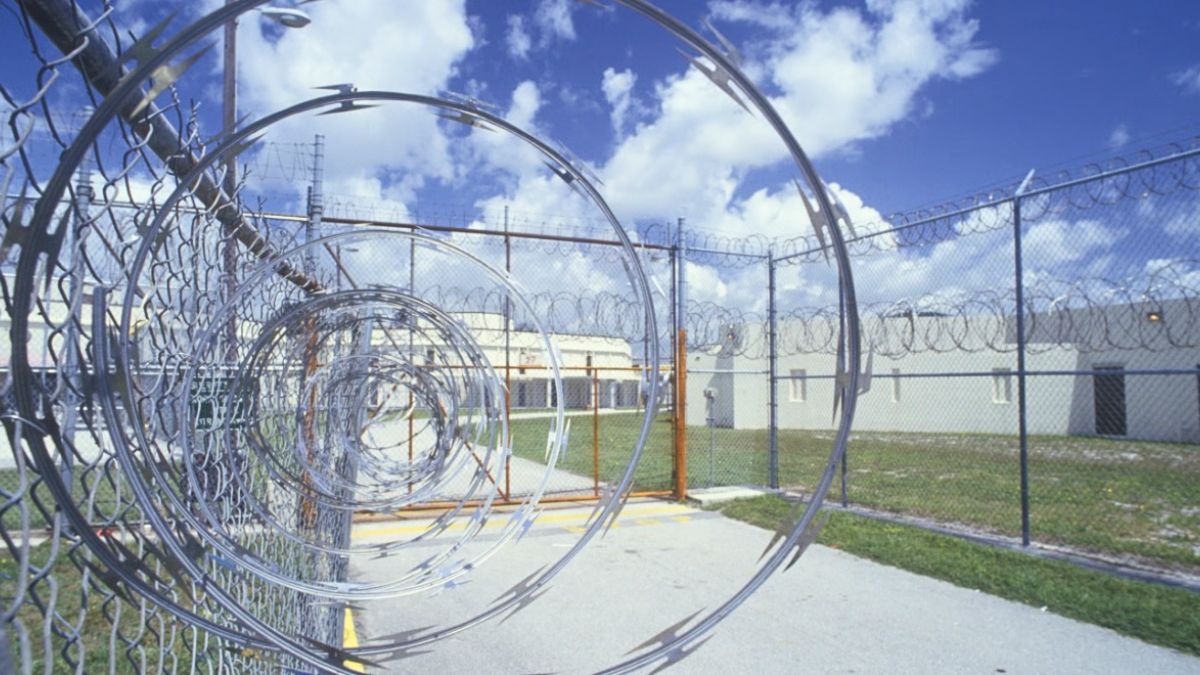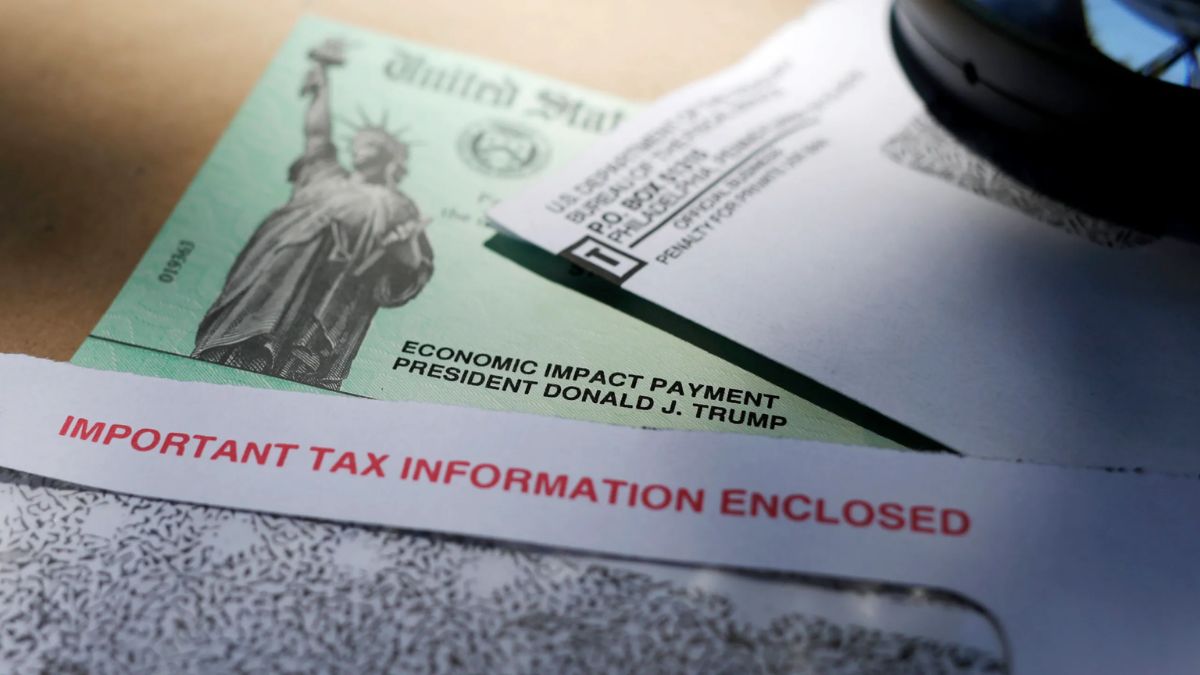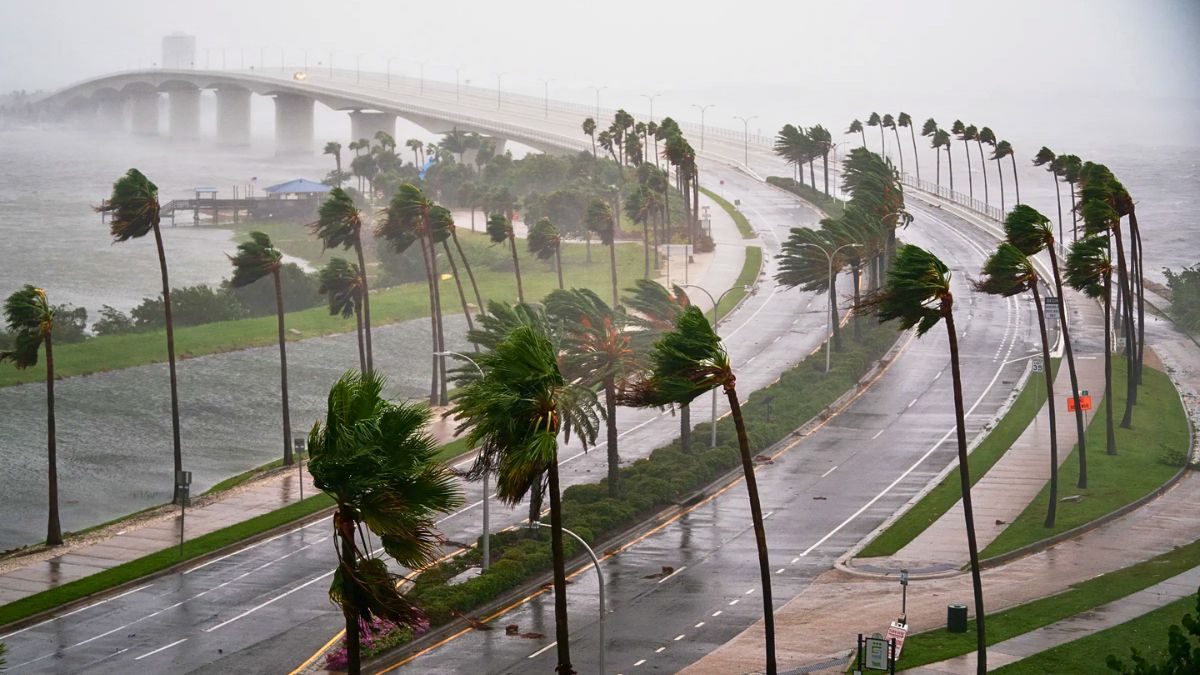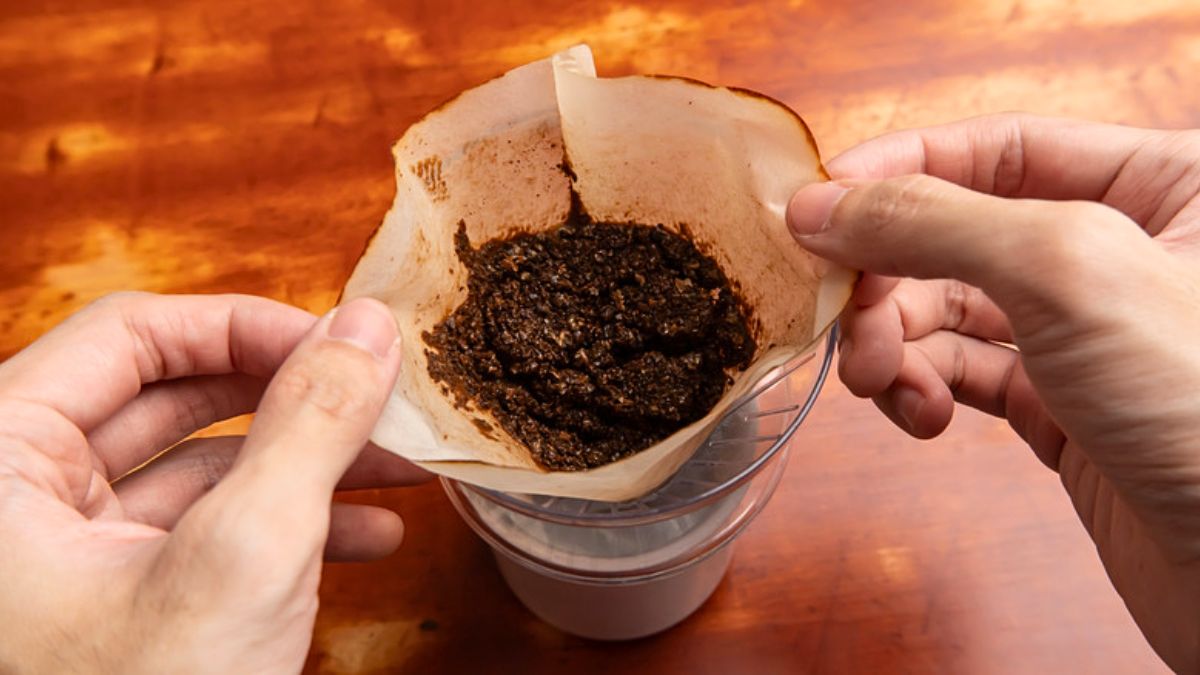You’ve probably heard someone say, “Always wash your rice before cooking!” Some follow it as a habit passed down through generations, while others skip it altogether. But what if we told you that rinsing your rice isn’t just tradition—it’s a scientifically proven way to reduce arsenic and make your meals safer?
Let’s look into how this everyday step can make a real difference.
Arsenic
First things first—what even is arsenic and why should you care? Arsenic is a naturally occurring heavy metal that’s found in soil and water. Since rice grows in wet environments, it easily absorbs more arsenic than most other grains.
Some of it also comes from pesticides and fertilizers used in farming. That’s why even after rice is harvested, processed, and packaged, small traces of arsenic might still be present in the grains you cook.
Now, don’t panic. Eating rice won’t poison you. The levels of arsenic are very low. But if there’s an easy way to lower those levels even more, why not try it?
Washing
Many people already wash rice to remove dirt, dust, and extra starch that makes it sticky. But as it turns out, washing also helps remove some of the arsenic content. According to food engineer Marian Zapién, rinsing rice before cooking can lower your exposure to this heavy metal—especially if done correctly.
Her advice? Wash your rice at least three times or until the water runs completely clear. That’s when you know you’ve done a good job. It’s a small step with a big benefit.
Risk
So how much rice would you have to eat for arsenic to actually become a problem?
Zapién says you’d need to eat more than half a kilo of rice every single day for over four years for the arsenic to pose a serious risk. That’s an extreme amount. In normal diets, the risk is minimal—but it doesn’t hurt to take precautions, especially for people who eat rice often.
Cooking
Washing isn’t the only defense against arsenic—how you cook your rice also matters.
If you boil rice with extra water and then drain the excess, you can remove even more arsenic. In fact, combining rinsing and boiling can reduce arsenic by up to 45 percent.
Here’s a simple method:
- Wash the rice 2–3 times until the water looks clear
- Use a large amount of water to cook (6 cups of water for 1 cup of rice)
- Drain the leftover water once the rice is cooked
That’s it. Nothing fancy—just better food safety with zero effort.
Benefits
Let’s sum it up. Washing rice before cooking helps you:
- Remove traces of arsenic
- Get rid of dust and dirt from packaging
- Eliminate microplastics that may stick during processing
- Improve rice texture and fluffiness
Even if you forget once or twice, no worries. The arsenic levels in rice are not dangerous in small servings. But making it a habit gives you a bit of extra peace of mind every time you cook.
So, are you team “wash the rice” now?
FAQs
Why does rice contain arsenic?
It absorbs arsenic from soil and water as it grows.
Is arsenic in rice dangerous?
Only in very large amounts over long periods of time.
How many times should I wash rice?
At least 2–3 times, until the water runs clear.
Does cooking remove arsenic too?
Yes, boiling rice with extra water helps reduce arsenic levels.
Do I need to wash rice every time?
No, but doing it regularly adds extra safety.

